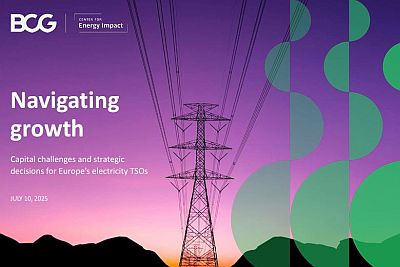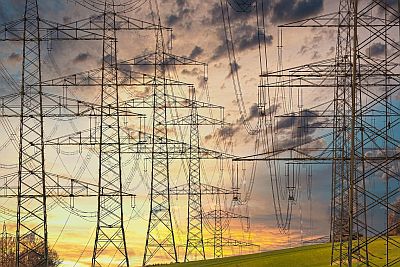2025-09-01
Due to energy crisis of 2021 to 2022, the Energy Regulatory Office (ERO) of the Czech Republic experienced a dramatic shift in its role as it operated almost as a “crisis hotline”. This environment created the necessity to introduce the new measures and legislative tools that make ERO more efficient and effective in its oversight activities.










